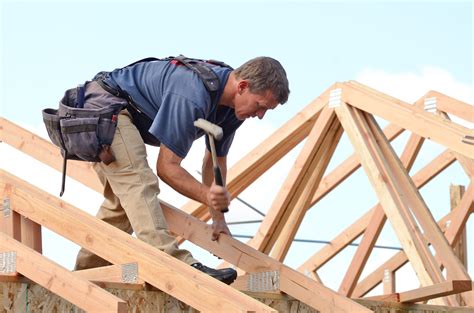```html
Introduction: Taking Flight with Your Own Boat Plane
Ready to combine the thrill of boating with the freedom of flight? This tutorial guides you through building a simple, DIY boat plane. It's a fun project that explores basic engineering principles and provides hours of entertainment. While this version won't actually fly, it will float and look like a plane on the water, sparking imagination and creativity.
Materials You'll Need
To embark on this build, gather these materials: A sturdy piece of foam board (the kind used for presentations) Balsa wood strips (various sizes for the wings and tail) Waterproof glue (epoxy or marine-grade adhesive recommended) Craft knife or box cutter Ruler and pencil Sandpaper (various grits) Waterproof paint or sealant Small motor (optional, for a propeller that spins but doesn't fly) Battery and switch (if using a motor) Propeller (if using a motor) Assorted decorations (stickers, paint pens, etc.)
Step 1: Designing the Hull
The hull is the base of your boat plane. Start by sketching the desired shape on paper. A V-shape is ideal for stability in the water. Transfer this design onto the foam board using the ruler and pencil. Carefully cut out the hull shape with the craft knife. Repeat this process to create a second hull piece. Now, glue the two hull pieces together along their edges to form the boat's bottom. Allow the glue to dry completely.
Step 2: Constructing the Wings
Using balsa wood strips, construct the wings. Decide on the wingspan and chord (width). Cut two strips of balsa wood to the desired wingspan. Shape the leading edge (front) of each wing with sandpaper, rounding it for better aerodynamics (even though it won't fly). Glue the wing pieces to the sides of the hull, ensuring they are symmetrical and at a slight upward angle (dihedral) for stability. Support the wings while the glue dries.
Step 3: Building the Tail Assembly
The tail assembly consists of a vertical stabilizer (rudder) and a horizontal stabilizer (elevator). Cut these pieces from balsa wood, shaping them as desired. Glue the vertical stabilizer to the rear center of the hull. Then, glue the horizontal stabilizer perpendicular to the vertical stabilizer. Ensure all parts are aligned correctly for a balanced appearance. Let
the glue dry thoroughly.  www.workinghomeguide.com
www.workinghomeguide.com  searchengineland.com
searchengineland.com  www.self-build.co.uk
www.self-build.co.uk

Step 4: Adding the Propeller (Optional)
If you choose to add a propeller, securely mount the small motor to the front of the hull. Wire the motor to a battery and switch, ensuring proper polarity. Attach the propeller to the motor shaft. Test the motor to ensure it spins freely and safely. Remember that this propeller is for visual effect only and will not provide lift.
Step 5: Waterproofing and Finishing
To protect your boat plane from water damage, apply several coats of waterproof paint or sealant to all surfaces, including the hull, wings, and tail. Allow each coat to dry completely before applying the next. Once the sealant is dry, decorate your boat plane with stickers, paint pens, or other embellishments.
Step 6: Testing Your Boat Plane
Find a safe body of water, such as a pool or pond (with adult supervision). Gently place your boat plane on the water and observe its buoyancy and stability. Make any necessary adjustments to the weight distribution to ensure it floats evenly.
Conclusion: Enjoy Your DIY Boat Plane!
Congratulations! You've successfully built your own boat plane. While it won't take to the skies, it will provide hours of enjoyment on the water. Remember to always supervise children when using the boat plane and to store it in a dry place when not in use. This project encourages creativity and hands-on learning, offering a fun and rewarding experience. You can experiment with different designs and materials to further customize your boat plane and enhance its performance on the water.
```
0 komentar:
Posting Komentar